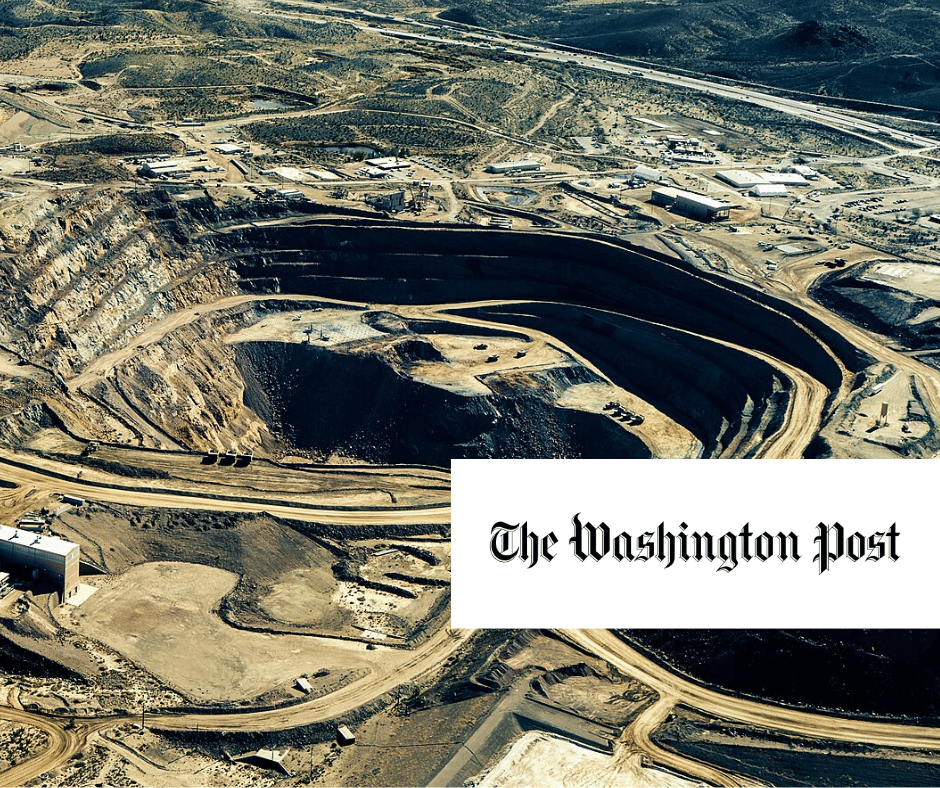Subsidies to the coal industry began in 1932, when the federal government allowed companies to deduct a portion of their income to help recover initial capital investments (the percentage depletion allowance).
Since 1950, the federal government has provided the coal industry with more than $70 billion (in constant 2007 dollars) in tax breaks and subsidies. (See Sidebar)
An Established Industry
- The coal industry doesn’t need the government’s help. Prices of coal at electric utilities rose over 14.3% in 2008, and according to the Energy Information Administration prices of domestic coal have risen steadily from 2003 through 2008.
- For the last three years, the top three domestic coal companies have consistently reported record profits. Peabody Energy, the largest private-sector coal company, posted record revenue in the year of 2008, with a 45% increase in profits from the 2007 year. Despite an uncertain economy, Peabody’s profits tripled in the first quarter of 2009. Arch Coal Inc., the third largest producer, had a net income of $354.3 million in 2008, double their income of 2007. Yet the government continues to hand out billions in tax breaks and subsidies (see chart).
| Past Subsidies to the Coal Industry | |
|---|---|
| Tax Credits | $27 billion |
| Section 29 Credit since 2002 | $11 billion |
| Coal R&D 1950-2003 | $31 billion |
| Clean Coal Technology R&D since 1986 | $2.9 billion |
| TOTAL | $72 billion |
Billion-Dollar Failure
- The government has also poured billions into Clean Coal technology programs since the 1980’s, to make the process of mining and burning coal less harmful to the environment. But the Governmental Accountability Office has criticized clean coal programs as costly and inefficient.
- Commercially-successful clean coal projects were supposed to generate profits that would be paid back to the taxpayers to help cover the cost of the original investment in the coal industry. But out of the amount invested, less than one percent has been repaid.
| Recent Subsidies to the Coal Industry | |
|---|---|
| Coal and Related Technologies Program | $1.1 billion |
| Clean Coal Power Initiative | $1.8 billion |
| Clean Air-Coal Program | $3 billion |
| Clean Coal Tax Credits | $3 billion |
| Carbon Sequestration Tax Credit | $0.45 billion |
| Refund of coal excise tax for certain producers | $0.21 billion |
| Other Coal-related expenditures | $.16 billion |
Recent Subsidies
- Congress included more than $9 billion in subsidies in the Energy Policy Act of 2005, including new subsidies and tax credits for clean coal (see sidebar).
- The Emergency Economic Stabilization Act of 2008 increased subsidies for coal by creating a new carbon sequestration tax credit and by extending the amount of clean coal tax credits available. Together, coal subsidies in the Energy Policy Act of 2005 and Emergency Economic Stabilization Act of 2008 amount to over $11 billion.
- The American Recovery and Reinvestment Act of 2009 gave billions of dollars to coal, including $3.4 billion for carbon capture and sequestration.










